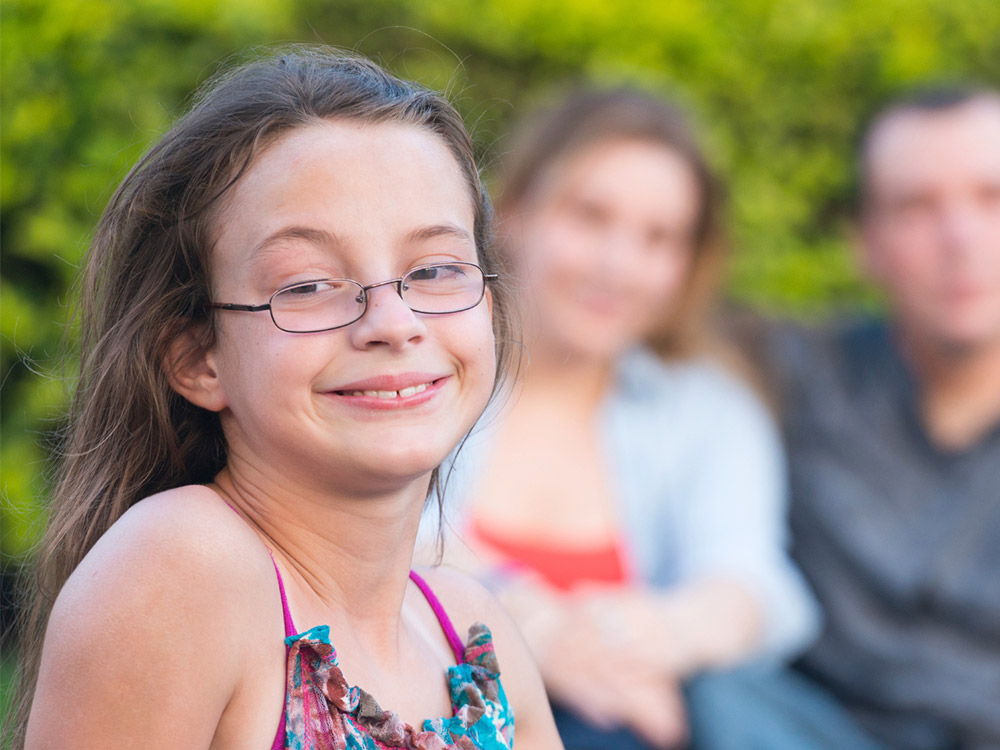How to Produce an Inclusive Atmosphere for Buddies and Household with Autism
Understanding Autism: A Comprehensive Overview to Indicators and Signs And Symptoms
Autism Spectrum Problem (ASD) includes a variety of attributes that can considerably influence an individual's social communications and daily performance. Recognizing the symptoms and signs, such as obstacles with eye call, social communication troubles, and sensory sensitivities, is important for very early treatment. Comprehending these nuances not just help caregivers and educators in offering appropriate support but also fosters a much more comprehensive environment for individuals with ASD. As we check out the complexities of autism, it becomes necessary to think about how these indications manifest in a different way throughout the spectrum and what ramifications they hold for efficient intervention techniques.
Overview of Autism Spectrum Disorder
Defining Autism Range Condition (ASD) includes recognizing it as a complicated neurodevelopmental condition identified by a series of difficulties in social interaction, communication, and behavioral patterns. The term "range" reflects the vast variability in symptoms and their intensity, which can vary dramatically from one person to another. ASD usually shows up in early childhood years, although some people might not receive a medical diagnosis up until later in life.
Variables influencing the growth of ASD consist of environmental variables and genetic proneness, although the specific causes continue to be under investigation. Diagnosis commonly relies upon behavioral evaluations, as there are no definitive clinical examinations for ASD. Early treatment is crucial and can considerably improve end results, concentrating on boosting communication skills, social communications, and adaptive habits.
People with ASD may additionally show distinct strengths, such as extraordinary focus to information or particular locations of know-how. Comprehending the multifaceted nature of ASD is vital for cultivating a comprehensive environment that fits neurodiversity. Proceeded research is essential for creating efficient interventions and support group, allowing people with ASD to thrive and satisfy their possible within culture.
Typical Indications of Autism
Recognizing the common indications of Autism Range Problem (ASD) is crucial for early identification and intervention. These indicators can vary commonly in extent and discussion, but specific features are frequently observed in individuals with ASD.
One of one of the most prevalent signs is a marked problem in developing and maintaining eye call. People may also exhibit limited rate of interest in social communications and reveal a choice for solitary play. Repetitive behaviors, such as hand-flapping, shaking, or spinning items, commonly arise early in childhood years. Additionally, some children may establish rigorous routines and become troubled if these routines are interfered with.
Sensory level of sensitivities are additionally common; individuals might panic or underreact to sensory stimulations, such as lights, sounds, or textures. autism. Language development can be atypical, with some youngsters showing postponed speech or utilizing language in unusual ways, consisting of echolalia-- duplicating expressions or sentences heard somewhere else
It is vital to note that not every person with ASD will certainly show all these indications, and the degree of these actions can vary considerably. Early recognition permits timely assistance and sources, improving the high quality of life for those on the spectrum.
Social Interaction Difficulties
Social communication obstacles are a characteristic of Autism Range Disorder (ASD), influencing a person's ability to involve successfully with others. These problems can manifest in numerous methods, consisting of challenges in launching and maintaining discussions, recognizing social signs, and reacting properly in social interactions.
People with ASD may have problem with nonverbal communication, such as eye call, facial expressions, and body movement. This can result in misconceptions, as their communicative intent may not be appropriately interpreted by others. They might find it difficult to understand the nuances of tone and context, which are essential for reliable communication.
In group settings, individuals with ASD might feel overwhelmed and may not recognize how to sign up with in discussions (autism). They may also exhibit irregular conversational patterns, such as monologuing regarding certain passions without identifying social reciprocity
Additionally, these challenges can result in social seclusion or difficulties in developing relationships, as peers may misinterpret their habits or communication style. Recognizing these social interaction challenges is critical for fostering helpful environments that promote social abilities growth and enhance the quality of interactions for individuals on the autism range.
Sensory Level Of Sensitivities and Reactions
Numerous individuals with Autism Range Disorder (ASD) experience heightened sensory sensitivities that can significantly impact their daily lives. An individual with ASD might discover day-to-day sounds, such as a vacuum cleaner or crowded atmospheres, overwhelmingly upsetting, leading to stress and anxiety or crises.
Sensory processing differences in people with ASD can also affect their ability to participate in social interactions and regular activities. A youngster that is sensitive to touch might stand up to physical love or avoid particular garments textiles. Alternatively, a choice for certain structures or preferences can limit nutritional options and develop challenges throughout nourishments.
Comprehending these sensory level of sensitivities is important for acknowledging the one-of-a-kind experiences of people with ASD. Awareness of their sensory profiles can promote much better interaction and assistance approaches, creating an environment that fits their requirements and boosts their lifestyle. Ultimately, acknowledging sensory sensitivities is an essential component of comprehending the wider spectrum of autism.

Sustaining Individuals With Autism
Effective assistance for individuals with Autism Spectrum Problem (ASD) is vital for improving their general wellness and fostering additional resources freedom. Assistance strategies must be go to the website tailored to meet the special needs of each person, considering their difficulties and toughness.

Social abilities training can also play an essential duty. autism. Involving people in group activities or role-playing situations can improve their capacity to browse social communications. In addition, it is necessary to inform relative, caretakers, and peers concerning ASD to foster a encouraging and inclusive community
Conclusion
In verdict, a comprehensive understanding of Autism Spectrum Condition is necessary for recognizing its signs and signs. Early identification of usual attributes, such as social communication obstacles and sensory sensitivities, makes it possible for instructors and caregivers to apply efficient treatments. By cultivating improved interaction and social skills, people with autism can browse their atmospheres much more efficiently. Eventually, boosted understanding and assistance can considerably boost the lifestyle for those influenced by ASD.
Autism Range Disorder (ASD) encompasses a vast range of attributes that can significantly influence an individual's social interactions and everyday functioning.People with ASD may battle with nonverbal interaction, such as eye get in touch with, face expressions, and body language.Many individuals with Autism Spectrum Disorder (ASD) experience heightened sensory sensitivities that can significantly impact their daily lives.Sensory handling differences in people with ASD can additionally impact the original source their ability to engage in social communications and routine activities.Recognizing these sensory level of sensitivities is important for acknowledging the unique experiences of people with ASD.